Introduction
In the realm of transportation and logistics, dump trailers have become indispensable tools for various industries, including construction, landscaping, and waste management. Their ability to facilitate efficient loading and unloading operations makes them a favorite among contractors and businesses alike. A hydraulic dump trailer, specifically, offers significant advantages due to its innovative design and functionality. In this article, we will explore what is needed to build a dump hydraulic dump trailer, detailing each component, the assembly process, and considerations necessary for optimal performance.
1. Understanding the Components of a Hydraulic Dump Trailer
A hydraulic dump trailer consists of several key components that work together to enable its dumping capability and overall functionality. Below are the basic elements required to build such a trailer.
| Component | Description |
|---|---|
| Trailer Frame | The structural foundation that supports all other components. |
| Hydraulic Cylinder | Converts hydraulic power into mechanical energy for dumping. |
| Hydraulic Pump | Generates the hydraulic pressure needed for the cylinder to operate. |
| Reservoir | Stores hydraulic fluid and provides it to the system as needed. |
| Control Valve | Regulates the flow of hydraulic fluid within the system. |
| Bed or Box | The cargo area designed for hauling materials. |
| Hitch | Connects the trailer to the tow vehicle. |
| Axles and Tires | Provide mobility and support the weight of the trailer’s load. |
| Safety Features | Includes brakes, lights, and reflectors for safe operation. |

1.1 Trailer Frame
The frame is the backbone of the dump trailer. It needs to be made from durable materials, typically steel or aluminum, to withstand heavy loads. A well-designed frame will distribute weight evenly and resist bending or warping under pressure. Key considerations include dimensions, weight capacity, and attachment points for the dumping mechanism.
1.2 Hydraulic Cylinder
This essential component is responsible for raising and lowering the trailer bed. When designing the hydraulic cylinder, factors such as stroke length, bore diameter, and pressure ratings must be taken into account. The cylinder must be powerful enough to lift the maximum loads expected during operation.
1.3 Hydraulic Pump
The hydraulic pump is critical for converting mechanical energy from the tow vehicle into hydraulic energy. There are two primary types of pumps: gear pumps and piston pumps. Gear pumps are common for their simplicity and efficiency, while piston pumps can provide higher pressure.
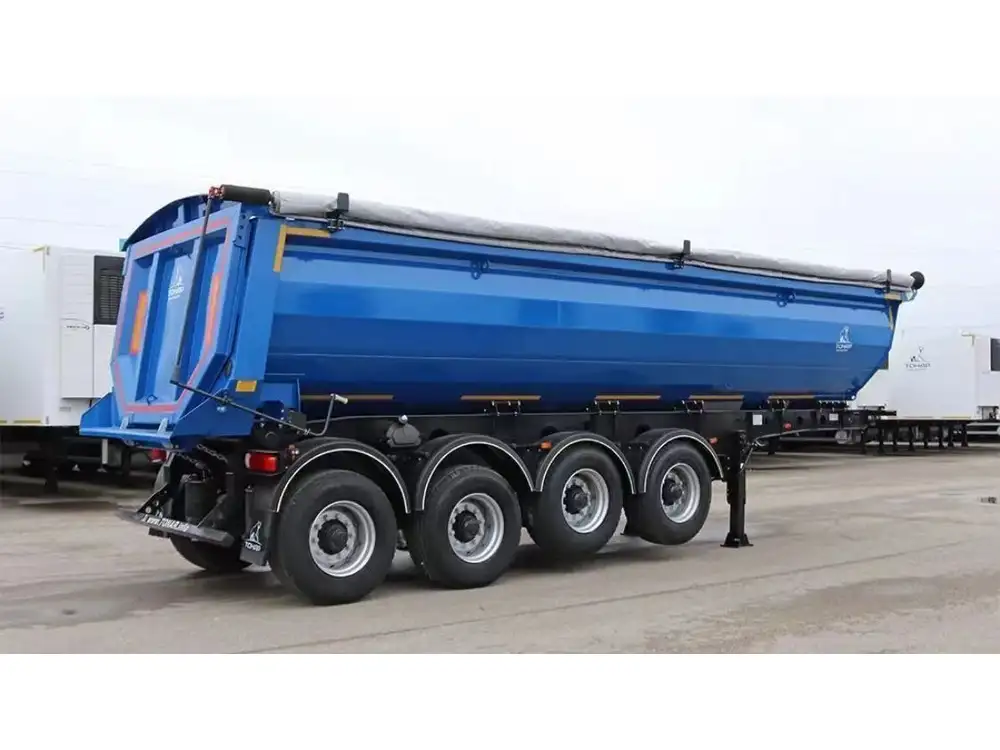
1.4 Reservoir
The hydraulic fluid reservoir holds the fluid that powers the hydraulic system. It’s essential to select a reservoir with adequate capacity to maintain consistent fluid levels during operation. Proper ventilation and filtration systems are also crucial to avoid fluid contamination.
1.5 Control Valve
Control valves manage fluid flow, determining whether the hydraulic cylinder extends or retracts. A two-way valve allows for basic operation, but more advanced setups may incorporate multi-directional valves for increased control and efficiency.
1.6 Bed or Box
The design of the dump bed or box affects load capacity and efficiency. Common options include standard rectangular boxes, flared sides for larger volumes, and specialized designs for specific materials like gravel or debris. Material choice—steel vs. aluminum—also influences durability and weight.
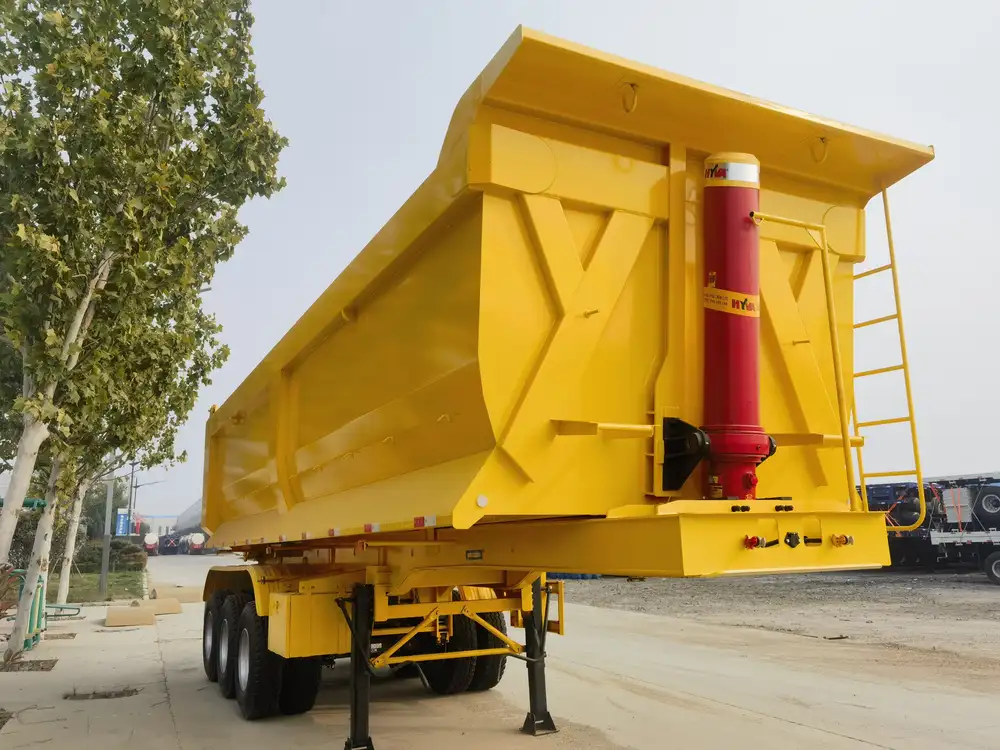
1.7 Hitch
The hitch must be robust enough to handle the trailer’s weight and loads during transport. Common types include ball hitches, pintle hitches, and gooseneck hitches, each offering unique advantages depending on the towing vehicle and intended use.
1.8 Axles and Tires
The axles and tire setup is integral for maintaining stability and proper load distribution. Multiple axle configurations can improve weight handling and maneuverability. Selecting tires with appropriate load ratings and tread patterns enhances the trailer’s performance under various conditions.
1.9 Safety Features
Operational safety cannot be overlooked. Essential safety features include:
- Brakes: Essential for stopping the trailer effectively. Consider electric or hydraulic brakes based on trailer size and usage frequency.
- Lights: Proper illumination for visibility during transport.
- Reflectors: Mark trailer boundaries to enhance nighttime safety.
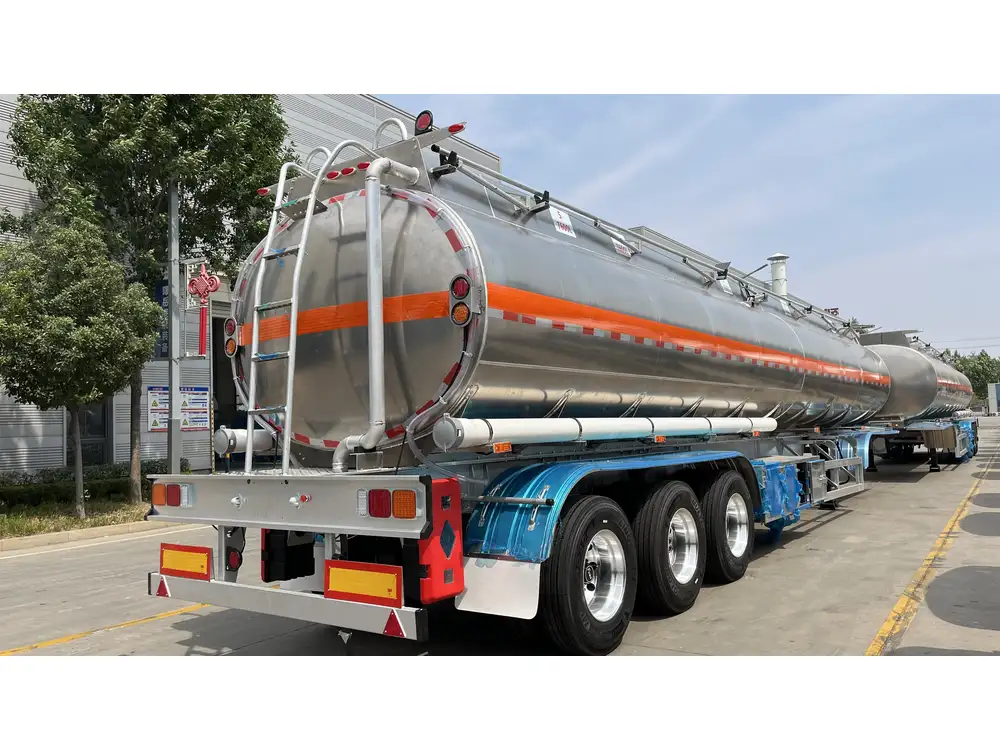
2. Key Steps in Building a Hydraulic Dump Trailer
2.1 Initial Design and Planning
Before physical construction begins, detailed design and planning are crucial. This phase should include:
- Site Requirements: Assess workspace constraints and necessary equipment.
- Load Specifications: Determine the types and weights of materials intended for transport.
- Regulatory Compliance: Ensure all designs meet local automotive and safety regulations.
2.2 Material Selection
Choosing the right materials is vital for the trailer’s performance, durability, and longevity. Steel frames are generally stronger, while aluminum frames offer lighter weight and corrosion resistance. Choosing the right hydraulic components also depends on the expected operating pressure and load capacity.
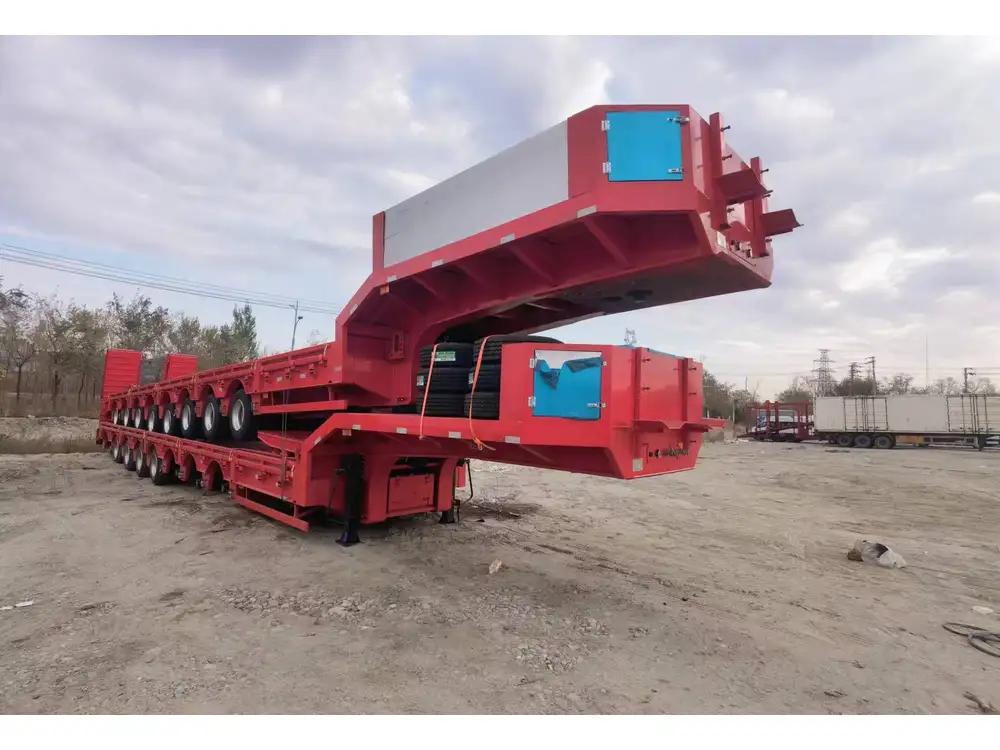
2.3 Frame Assembly
Construct the frame according to the design specifications. Proper welding and joint connections are critical; they ensure structural integrity and longevity under repeated stress.
2.4 Hydraulic System Installation
Once the frame is assembled, install the hydraulic components. Follow these steps:
- Mount the Hydraulic Pump on a stable platform accessible from the towing vehicle.
- Attach the Reservoir ensuring secure connections to prevent leaks.
- Install the Control Valve in a position that allows easy access for the operator.
- Connect the Hydraulic Cylinder to both the bed and the hydraulic lines, ensuring adequate clearance for its movement.
2.5 Bed Installation
Securely mount the dump bed to the trailer frame. Ensure adequate support brackets are in place to minimize flexing. Bolt or weld into place as per design specifications.

2.6 Hitch Attaching
Attach the hitch ensuring it aligns properly with the towing vehicle’s connection point. Verify that it can handle the expected load without stress.
2.7 Wheel and Tire Fitting
Secure the wheels to the axles after verifying alignment. Consider tire pressure for optimizing load bearing and stability.
2.8 Safety Testing
Conduct a series of tests to confirm the trailer operates as intended. This includes:
- Functionality Tests: Ascertain that the hydraulic system raises and lowers the bed smoothly without leaks.
- Brake Checks: Ensure the braking system operates effectively.

3. Maintenance Tips for Longevity
Maintaining a hydraulic dump trailer is essential to prolong its lifespan and ensure safety. Here are some maintenance practices:
3.1 Regular Inspections
- Hydraulic Fluid Levels: Check and replace hydraulic fluid regularly to prevent system failure.
- Brake System: Inspect brake functionality and wear regularly.
- Frame Condition: Look for signs of rust or structural damage.
3.2 Cleaning
Regular cleaning prevents the buildup of materials and debris that can damage components and affect performance. Pay special attention to the hydraulic system and joints.
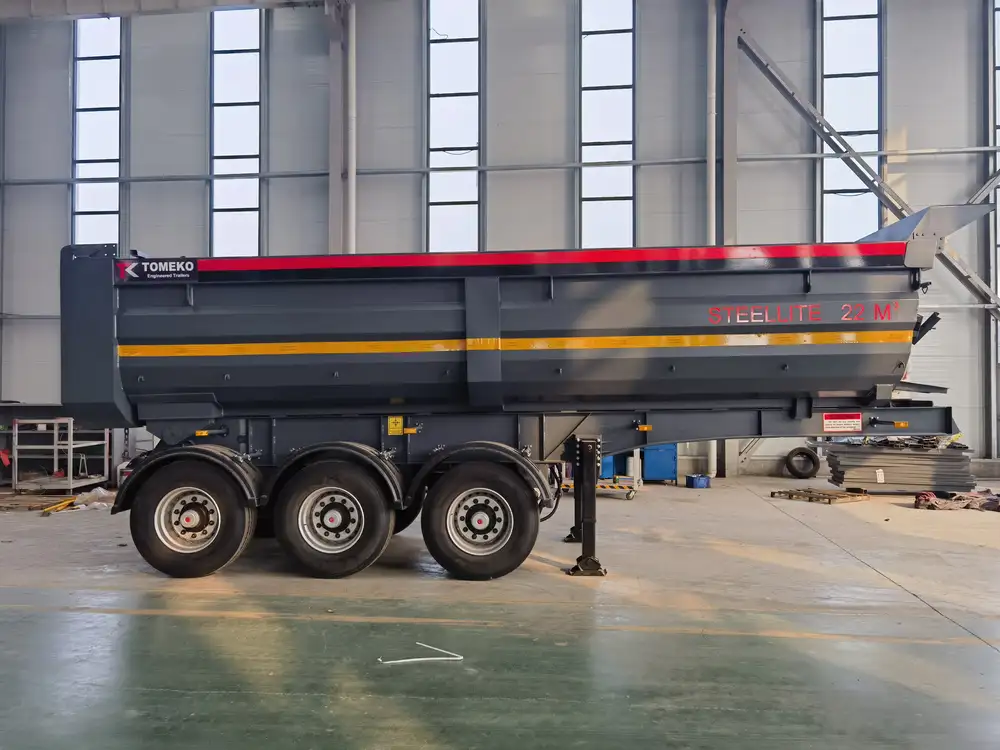
3.3 Lubrication
- Lubricate all moving parts, joints, and the hydraulic cylinder to enhance efficiency and reduce wear.
- Regularly grease bearings and pivot points.
3.4 Tire Maintenance
- Tire Pressure: Maintain appropriate tire pressure for safe operation and fuel efficiency.
- Tread Checks: Assess tread wear and replace tires as necessary.
4. Conclusion
Developing a hydraulic dump trailer is a multifaceted process that requires attention to various components ranging from structural design to hydraulic systems. By understanding the necessary components, assembly steps, and maintenance practices, one can create a high-performing trailer suitable for a myriad of applications. The investments in quality materials and thorough construction practices directly correlate to the operational effectiveness and longevity of your hydraulic dump trailer, ultimately empowering you to meet the demands of your industry with confidence.



